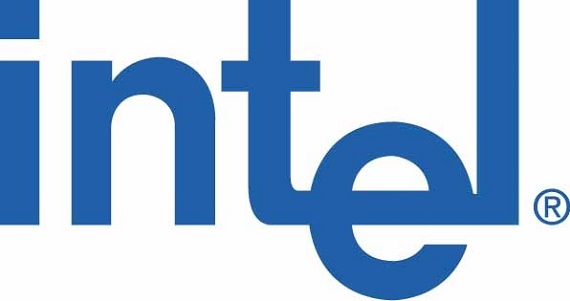Intel may not be the double-digit gainer it was in the 1990s but this tech giant is a cash machine with a sustainable advantage in its industry. The company controls nearly 80% of the PC microprocessor industry and is making progress in supplying chips to mobile devices as well. While shares have rebounded off multi-year lows and are close to fair value, long-term investors can be confident that the company will continue to return cash to shareholders along with the potential for future growth.
Investment Highlights
• Best of breed in computer microprocessor market with strong competitive advantages
• Sustainable cash flows even with decline in PC sales
• Great yield play with some growth possible on acquisitions and market dominance
Overview
Intel is the largest semiconductor company in the world and controls nearly 80% of the microprocessor market. The $130 billion company is more than twice the size of its nearest competitor Texas Instruments (TXN) and many times larger than most peers in the space. It’s dominance in the market is maintained by a huge budget for research and development with more than $10.7 billion in capital expenditures last year alone.

The company’s budget for R&D has enabled it to keep a two-year lead on peers in terms of technology. This lead means Intel can develop faster and more efficient chips at a lower cost than competitors. The company has offered new chip manufacturing leaps every two years with new chip architecture in the staggered years, keeping its cycle of innovative offerings fairly continuous.
The risk to Intel over the last several years has been the decline in sales of personal computers, from which the company derives most of its own sales. Many consumers and businesses are foregoing a traditional desktop or laptop device for tablets or smartphones with memory stored in the cloud. Intel has not had much success developing chips for these mobile devices but looks to be making progress with its new Atom technology.
Fundamentals
Intel has a rock-solid balance sheet, given years of strong cash flow in a maturing PC space. Just cash alone of $10 billion nearly covers the company’s long-term debt of $13 billion. Debt makes up just 18% of its capital structure and the company is able to issue ten-year bonds for less than a percent over U.S. treasuries.
The company could finance growth or shareholder return with debt but the problem is a scarcity of growth opportunities. Sales declined by 1.2% last year and are down for two consecutive years. Over the last ten years, sales have only increased by 4.4% on an annualized basis.
Despite weakness in sales, Intel is a cash machine with cash flow from operations increasing by more than 10% last year to $20.8 billion. Free cash flow of more than $10 billion is more than enough to increase the dividend and share repurchase programs.
Dividends and Growth
Intel’s current dividend yield and payout ratio are both above its five-year averages but this is probably more a function of its transition to a cash return company rather than a sign of an overextended dividend policy. Shares pay a yield of 3.4% against a five-year average of 3.0% while the company pays out 48% of its income as dividends.
The company was one of the first tech titans to start paying a dividend and has rewarded investors with 22 years of cash returns and 10 years of consecutive dividend increases. The dividend per share has been increased by an annualized 10.2% over the last five years.
Besides its generous dividend yield, the company consistently returns cash to shareholders through its share repurchase program. Nearly $21.9 billion in shares have been repurchased over the last three years and, along with the dividend, the company returned $6.9 billion to investors last year.
Valuation
At $26.18 per share, the stock is trading for 14.2 times trailing earnings which is right at its five-year average. This is relatively cheap compared to many tech companies but still well above the price-to-earnings of around 12 times where the shares traded for much of 2013. On a dividend growth rate between 7.5% and 10% over the next ten years and a cost of capital of 6.9%, the stock has a fair value of approximately $27.05 per share or about 3.3% above the current price.
While the shares trade close to fair value and investors should not expect big price gains, there is some upside growth possible from acquisitions and Intel’s investments in start-up tech firms. Bloomberg reported recently that Intel invested $740 million in Cloudera Inc. for an 18% stake in the provider of open source software build on Hadoop. These early-stage funding ventures are part of Intel’s strategy to fuel innovative technology and get’s its foot in the door for a possible acquisition down the road.
Strong fundamentals and sustainable cash flow does not mean the price of shares will go just one direction. The stock plummeted more than 30% from April to October in 2012 before starting its recent climb past $26 per share. Investors might see a pullback this year but it shouldn’t be more than 5% before continuing to climb higher. If you are going to open a position, you may want to buy half now and wait for lower prices to buy the rest of your shares.

INTC is like the blue chip of tech stocks. Steady growth and solid dividend. Valuation looks good right now in this over valued market along with Microsoft
And Mr. Softy is up next.